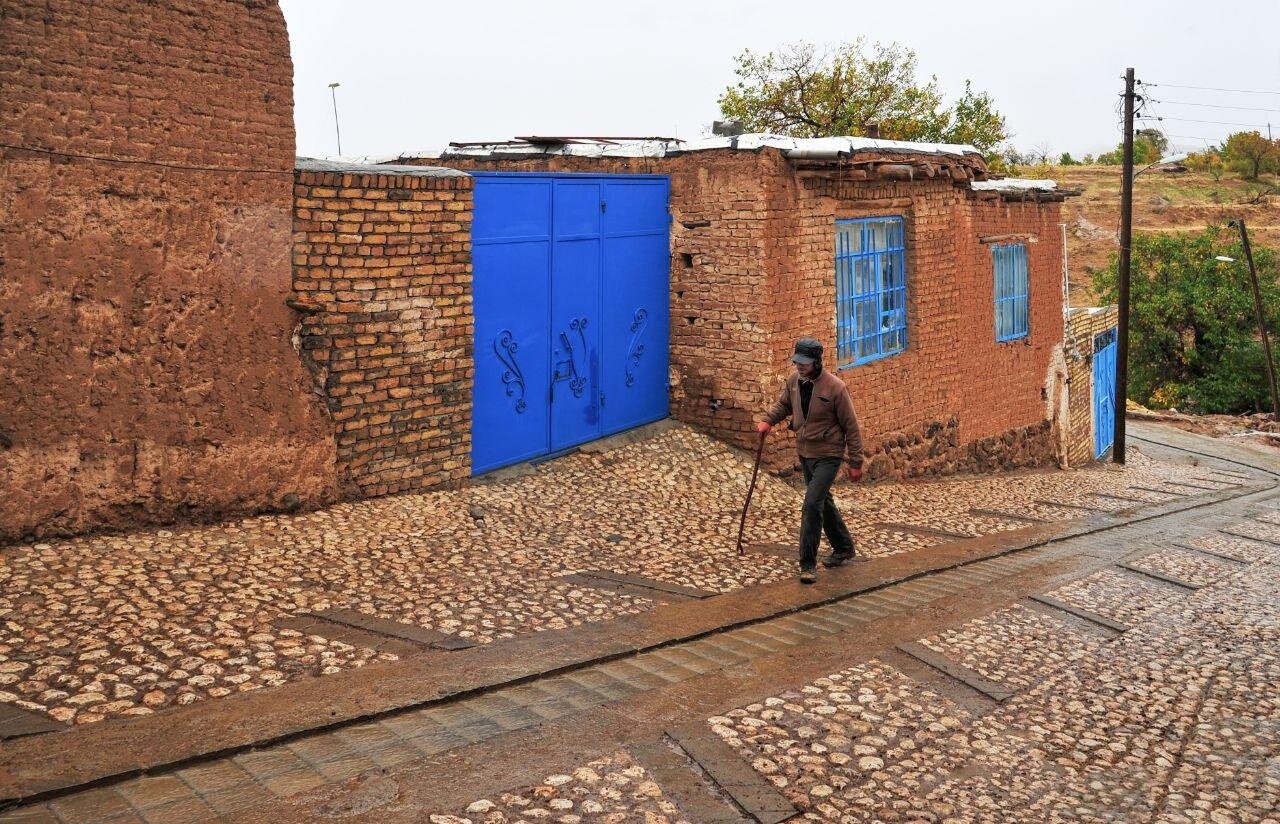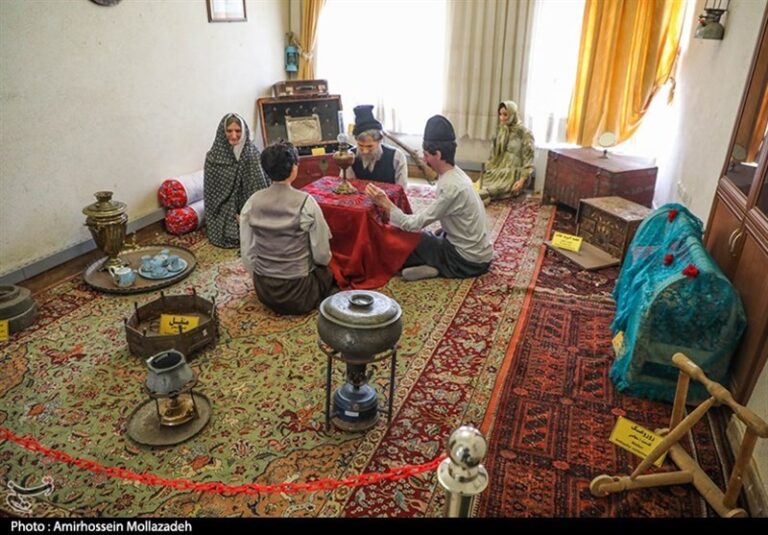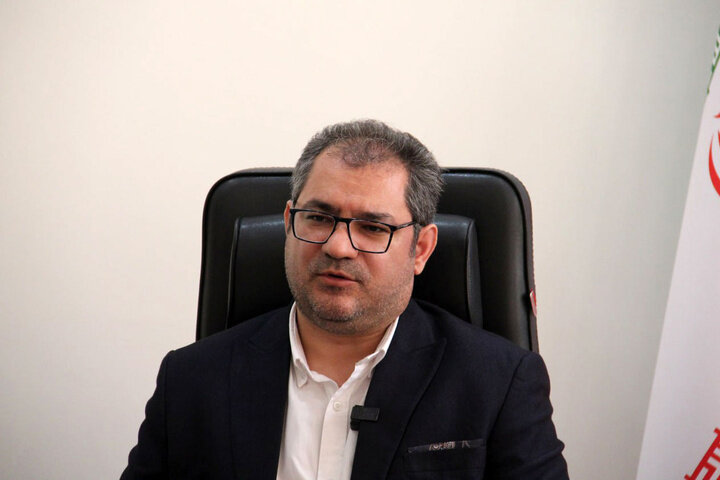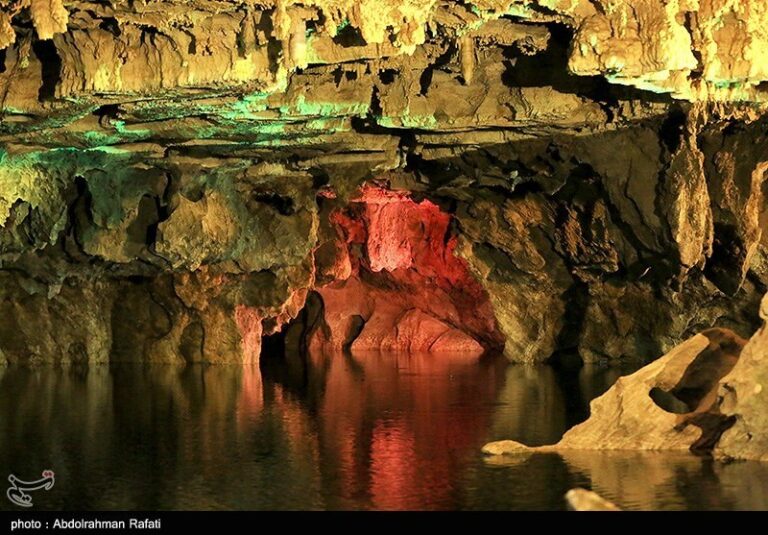Discover Darsajin Village: Zanjan’s Hidden Gem Mirroring the Charm of Historic Abyaneh
Darsajin village, often referred to as Zanjan’s Abyaneh, is a hidden gem located just 15 km from Abhar in Zanjan province. With its stunning historical architecture, rich culture, and breathtaking natural surroundings, Darsajin is quickly becoming a must-visit destination for tourists seeking an authentic Iranian experience. In this article, we will explore the unique features of Darsajin village, its history, and the challenges it faces in the tourism sector.
The history of Darsajin village is believed to date back to the pre-Islamic era. Its mountainous climate provides a refreshing escape, making it cool during the summer and spring months. This pleasant weather is attributed to the abundance of natural springs, rivers, and underground water resources in the region.
Every year, Darsajin attracts numerous visitors drawn by its diverse natural and historical attractions. Some historians suggest that the village was established during the reign of Darab Kiani from the Kayanids Dynasty. The village’s charm is accentuated by:
- Thatched houses
- Stone platforms
- Cobblestone alleys
- Old districts
- Sycamore and cypress trees
- A central square, which serves as a gathering place for locals
These features have positioned Darsajin as a top contender for classification among the world’s leading tourist villages, according to CHTN reports. The local populace predominantly speaks the Lori Bakhtiari dialect, adding to the cultural richness of the area.
Davoud Abyan, the deputy director of Zanjan’s tourism directorate, highlighted that the traditional architecture of local homes includes balconies with railings, providing scenic views of the square. Platforms around the square offer a communal space for socializing and trade, fostering a vibrant community atmosphere.
Despite its appeal, Darsajin faces significant challenges in developing its tourism infrastructure. Davoud Azizkhani, the governor of Darsajin rural district, noted that there is a critical shortage of essential facilities such as:
- Parking spaces
- Public toilets
- Appropriate accommodation options
These deficiencies hinder the village’s ability to accommodate the increasing number of tourists. The 2016 census recorded 168 households, comprising around 320 residents, primarily engaged in farming and livestock breeding. Efforts towards rural development have led to the paving of streets and alleys, enhancing accessibility.
During the Nowruz holidays in 1404, over 5,700 tourists visited Darsajin, reflecting its growing popularity. However, visitors often have to rely on facilities at schools, health houses, and mosques for restroom access, as the village lacks adequate public restrooms to meet tourist demand, especially during peak seasons.
In contrast, Abyaneh, located in Isfahan province, is celebrated for its ancient origins, distinctive red mud-brick architecture, and vibrant cultural heritage. With a history spanning more than 1800 years, Abyaneh has captivated travelers and historians alike with its unique charm. Notably, the village is recognized for:
- Houses constructed from reddish-brown clay
- A harmonious blend with the surrounding landscape
- Natural insulation against the region’s climate
The allure of Abyaneh lies not only in its architectural beauty but also in its deep-rooted traditions and community lifestyle. As Darsajin continues to develop and attract visitors, it may draw inspiration from Abyaneh’s successful tourism model to enhance its offerings.
In summary, Darsajin village stands out as a promising tourist destination with its rich history, stunning natural landscapes, and unique cultural heritage. However, for it to realize its full potential, significant investments in tourism infrastructure are essential. As awareness of its attractions grows, so does the opportunity for Darsajin to establish itself as a key player in Iran’s tourism landscape.






